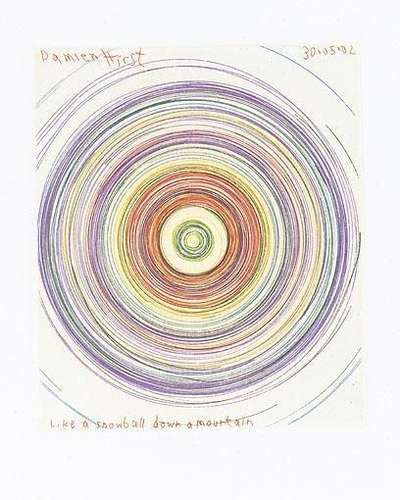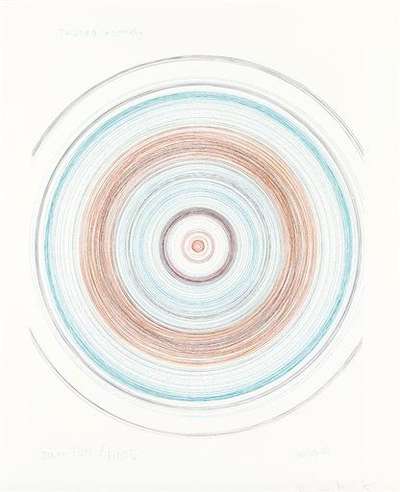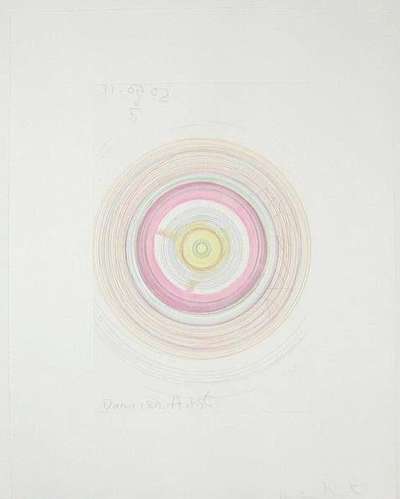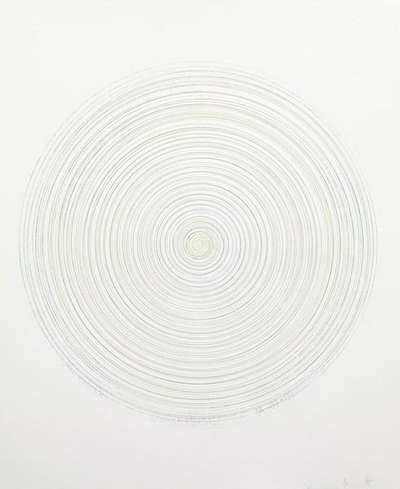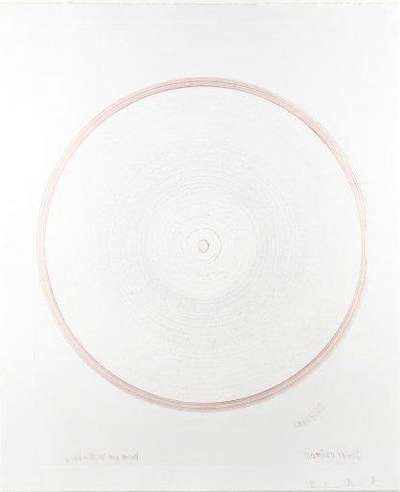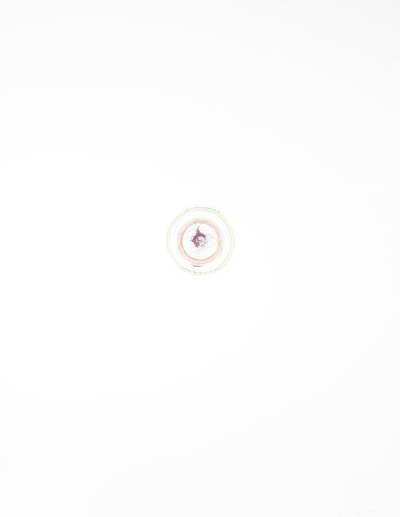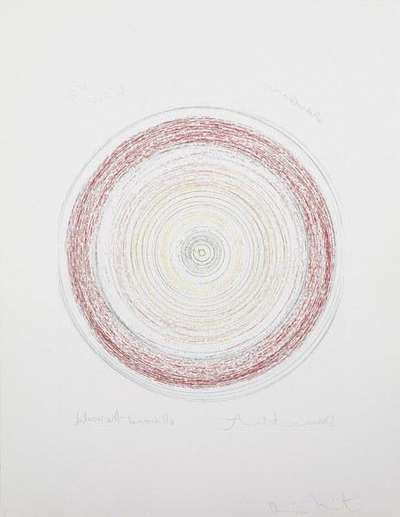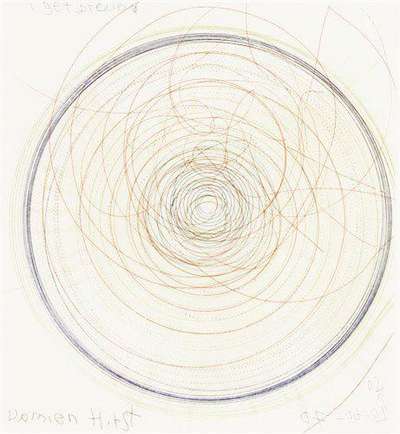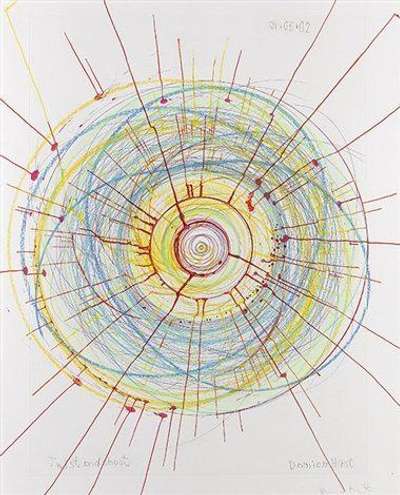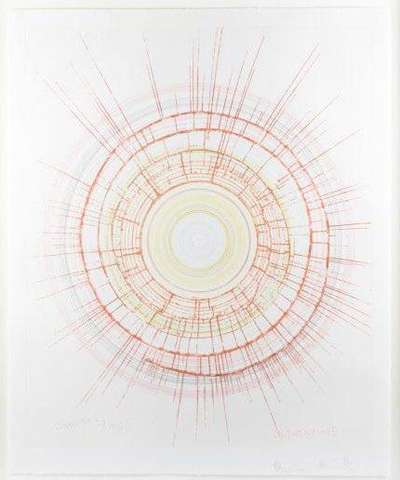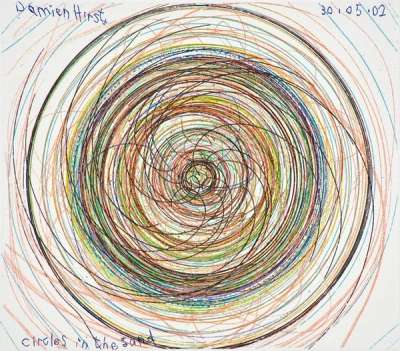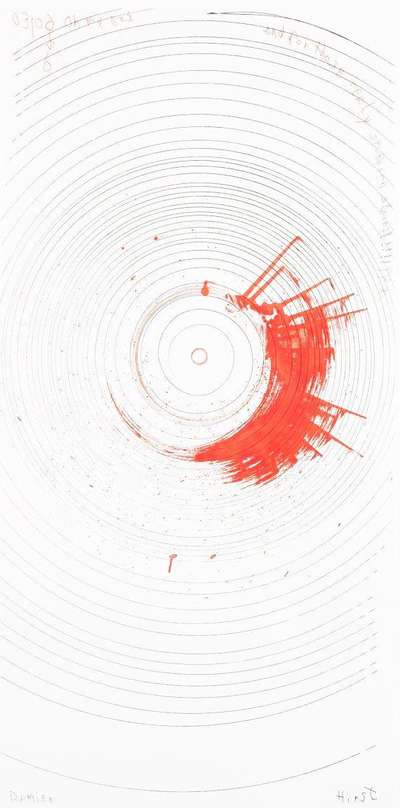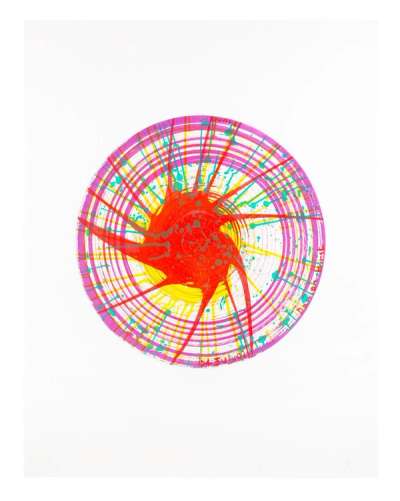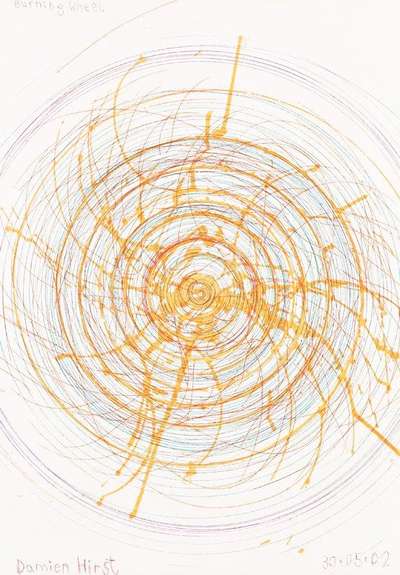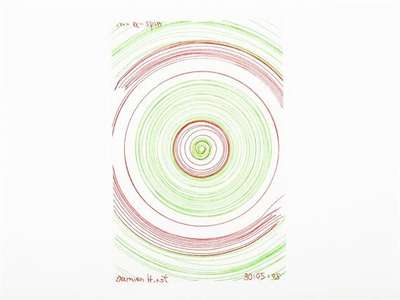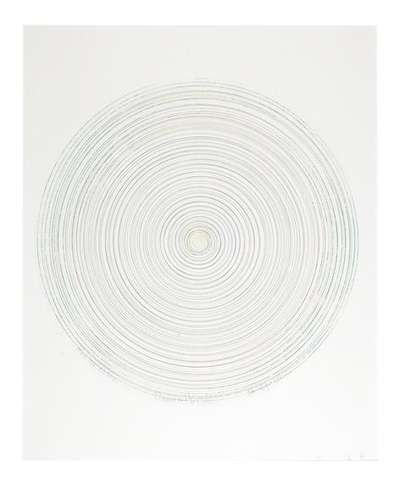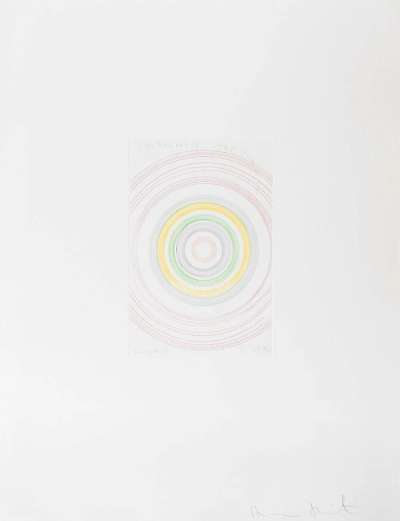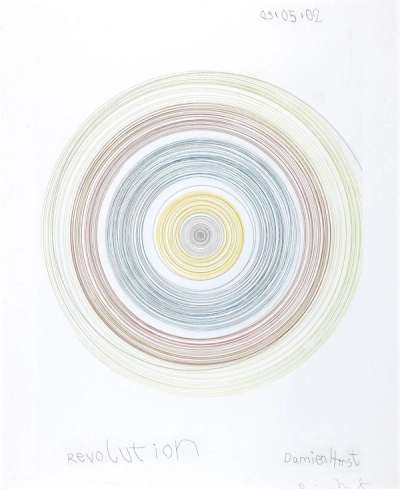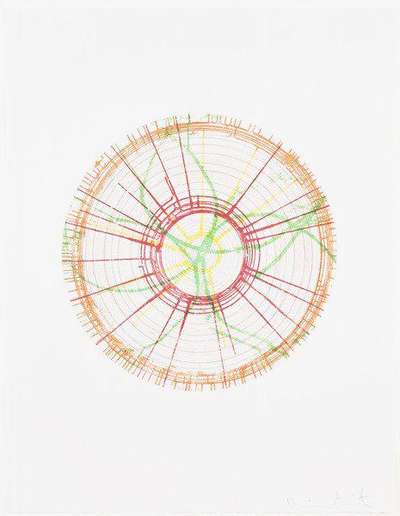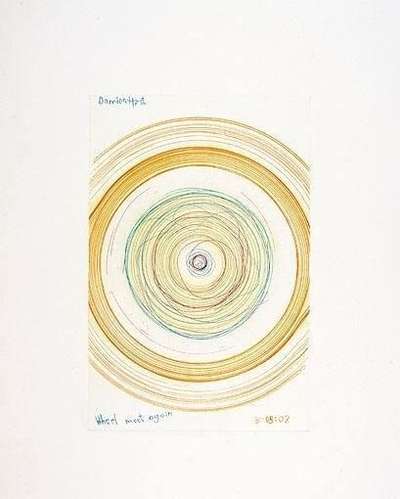
Lavender Baby

Lavender Baby
Signed Print
Damien Hirst
£3,050-£4,600Value Indicator
$6,500-$9,500 Value Indicator
$5,500-$8,500 Value Indicator
¥29,000-¥45,000 Value Indicator
€3,500-€5,500 Value Indicator
$30,000-$45,000 Value Indicator
¥570,000-¥860,000 Value Indicator
$4,000-$6,000 Value Indicator
AAGR (5 years) This estimate blends recent public auction records with our own private sale data and network demand.
There aren't enough data points on this work for a comprehensive result. Please speak to a specialist by making an enquiry.
Medium: Aquatint
Edition size: 68
Year: 2002
Size: H 76cm x W 50cm
Signed: Yes
Format: Signed Print
Track this artwork in realtime
Watch artwork, manage valuations, track your portfolio and return against your collection
Track auction value trend
Auction Results
| Auction Date | Auction House | Location | Hammer Price | Return to Seller | Buyer Paid |
|---|---|---|---|---|---|
| May 2019 | Clars Auction Gallery | United States | |||
| June 2010 | Phillips New York | United States |
Meaning & Analysis
Lavender Baby is an etching taken from Damien Hirst’s first volume of the In A Spin, The Action Of The World On Things portfolio from 2002. Primarily made up of concentric circles, this etching is produced with a muted palette and is overlain with paint-like markings. The composition is dynamic in its simplistic use of line that conveys speed and movement.
Lavender Baby is directly related to Hirst’s famed spin paintings, produced with a rotating canvas attached to a spin machine, onto which he poured paint. This series of etchings was produced with copper plates attached to the machine with the spiral lines drawn with needles, screwdrivers, and other sharp tools as they spun. The process of creating these works became a performance-like ritual that continued for numerous days.
Hirst used a mixture of soft and hard ground etching to create this work, which is how the painterly splashes appear on its surface against the stricter circling lines. Also notable to this series of prints is that Hirst writes on the plates, inscribing them with titles, dates and his signature. The writing appears child-like and misshapen due to the fact that Hirst inscribed the letters onto the copperplate backwards, so that when printed they can be read from left to right.
